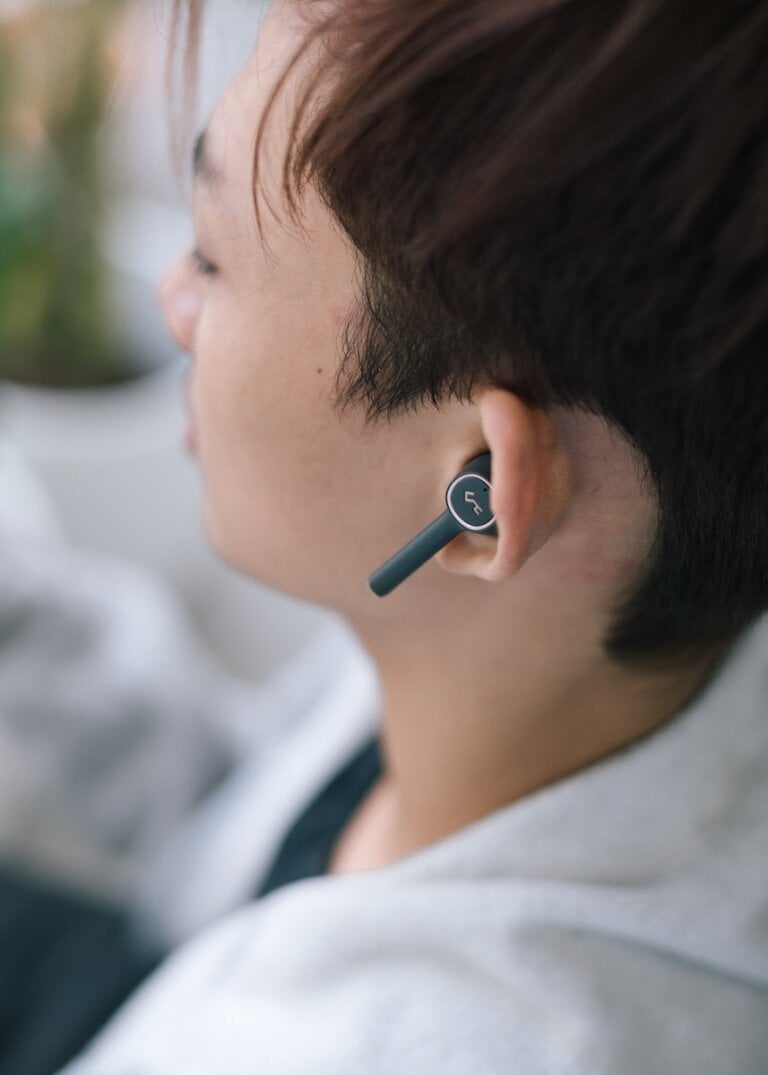External Matters: Delving into Otitis Externa
Last Updated on 25th April 2024 by Admin
Otitis externa, commonly known as swimmer’s ear, is a condition that affects the external ear canal. It occurs when the skin lining the ear canal becomes inflamed and infected. This condition can cause discomfort, pain, and sometimes even temporary hearing loss. In this article, we will explore the causes, symptoms, treatment options, and preventive measures for otitis externa.
What Causes Otitis Externa?
Otitis externa can be caused by various factors, with excessive moisture in the ear canal being the most common trigger. This is often observed in individuals who swim or frequently expose their ears to water. When water remains trapped in the ear canal, it creates a moist environment that promotes bacterial or fungal growth, leading to infection and inflammation.
In addition to excessive moisture, there are several other potential causes of otitis externa, including:
-
Scratches or abrasions: Any injury to the skin lining the ear canal can provide a pathway for bacteria or fungi to enter and cause infection. It is important to handle the ears with care and avoid activities that may lead to scratches or abrasions.
-
Skin conditions: Certain skin conditions, such as eczema or psoriasis, can make the ear canal more susceptible to infection. Individuals with these conditions should take extra precautions to keep their ears clean and dry.
-
Allergies: Allergic reactions to substances like hair products or jewelry can irritate the skin and contribute to the development of otitis externa. It is essential to identify and avoid allergens that may trigger a reaction in the ears.
-
Foreign objects: The presence of foreign objects in the ear canal, like cotton swabs or hearing aids, can cause irritation and increase the risk of infection. It is crucial to avoid inserting any objects into the ear canal and to handle hearing aids with clean hands.
By being aware of these causes, individuals can take proactive measures to prevent the occurrence of otitis externa.
Symptoms of Otitis Externa
Recognizing the symptoms of otitis externa is crucial for early intervention and effective treatment. Some common signs and symptoms include:
-
Ear pain: Otitis externa often causes intense pain, especially when moving the ear or touching the area. The pain may be sharp or throbbing, and it can significantly affect daily activities and overall well-being.
-
Itchiness: The infected ear canal may feel itchy, and individuals may have an urge to scratch or rub the ear. It is important to resist the temptation to scratch, as it may further irritate the skin and worsen the condition.
-
Redness and swelling: Inflammation of the ear canal can lead to visible redness and swelling. The affected area may appear swollen and feel tender to the touch.
-
Discharge: Otitis externa may cause a yellowish or greenish discharge from the ear. This discharge may have an unpleasant odor and can indicate the presence of an infection.
-
Hearing loss: In some cases, the buildup of fluid or swelling can lead to temporary hearing loss. This can affect communication and daily activities, emphasizing the importance of prompt treatment.
By being aware of these symptoms, individuals can seek appropriate medical attention and receive timely treatment.
Treating Otitis Externa
Treating otitis externa typically involves a combination of self-care measures and medical interventions, depending on the severity of the condition. Here are some common treatment options:
-
Ear drops: Over-the-counter or prescription ear drops containing antibiotics or antifungal medications can help eliminate the infection and reduce inflammation. It’s essential to follow the instructions provided by the healthcare professional or read the product label carefully. Ear drops should be applied as directed, and the full course of treatment should be completed.
-
Pain relief: Nonsteroidal anti-inflammatory drugs (NSAIDs), such as ibuprofen or acetaminophen, can help alleviate pain and reduce inflammation. These medications can be taken orally, following the recommended dosage instructions.
-
Avoiding water exposure: Minimizing exposure to water or moisture in the affected ear is crucial for preventing further irritation and reinfection. Wearing earplugs or a swim cap during water activities is recommended. Additionally, individuals should avoid swimming in contaminated water sources to reduce the risk of infection.
-
Cleaning the ear: Gently cleaning the ear canal with a clean, warm cloth or an earwax removal kit can help remove any debris or discharge. It is important to avoid inserting any objects deep into the ear canal, as this may worsen the condition or cause injury.
In severe cases or when symptoms persist, it is advisable to seek medical attention. A healthcare professional may prescribe stronger medications, administer ear canal cleaning, or recommend further tests if necessary. Prompt and appropriate treatment can help alleviate symptoms and prevent complications.
Preventive Measures for Otitis Externa
Preventing otitis externa is often more desirable than treating it. By implementing the following preventive measures, individuals can minimize the risk of developing this condition:
-
Keep ears dry: After swimming or showering, gently dry the ears using a towel or a hairdryer on a low setting. Tilt the head to each side to allow any trapped water to drain out. It is important to ensure that the ears are thoroughly dried to prevent moisture buildup.
-
Avoid inserting objects: Refrain from using cotton swabs or any other objects to clean the ears, as they can damage the skin or push wax deeper into the canal. The ears have a self-cleaning mechanism, and inserting objects can disrupt this process.
-
Protective measures: When participating in water activities, wear earplugs or a swim cap to prevent water from entering the ear canal. These protective measures can help create a barrier between the ears and water, reducing the risk of infection.
-
Avoid irritants: Be mindful of any substances that may irritate the ear, such as hair products or jewelry. Minimize exposure to these irritants to reduce the risk of inflammation. Choosing hypoallergenic products and avoiding excessive use of chemical-laden hair products can help maintain ear health.
-
Maintain good ear hygiene: Regularly clean the outer part of the ears using a soft cloth. However, avoid inserting anything into the ear canal. Keeping the outer ear clean can help prevent the accumulation of dirt and debris that may contribute to infection.
Following these preventive measures can significantly reduce the likelihood of developing otitis externa and promote overall ear health.
Conclusion
Otitis externa, or swimmer’s ear, is a common condition that can cause discomfort and pain. By understanding the causes, recognizing the symptoms, and implementing preventive measures, individuals can reduce the risk of developing otitis externa. If symptoms persist or worsen, seeking medical attention is crucial for prompt and appropriate treatment. Taking care of our ears is essential for maintaining overall well-being and enjoying a life free from the discomforts of otitis externa.
FAQ
1. What are the common causes of otitis externa?
Otitis externa can be caused by excessive moisture in the ear canal, scratches or abrasions, skin conditions like eczema or psoriasis, allergies, and the presence of foreign objects in the ear canal.
2. What are the symptoms of otitis externa?
Common symptoms of otitis externa include ear pain, itchiness, redness and swelling of the ear canal, discharge from the ear, and temporary hearing loss.
3. How is otitis externa treated?
Treatment for otitis externa typically involves using ear drops containing antibiotics or antifungal medications, taking pain relief medications, avoiding water exposure, and gently cleaning the ear canal.
4. What are some preventive measures for otitis externa?
To prevent otitis externa, individuals should keep their ears dry, avoid inserting objects into the ears, use protective measures like earplugs or swim caps during water activities, avoid irritants that may irritate the ears, and maintain good ear hygiene by cleaning the outer part of the ears without inserting anything into the ear canal.







